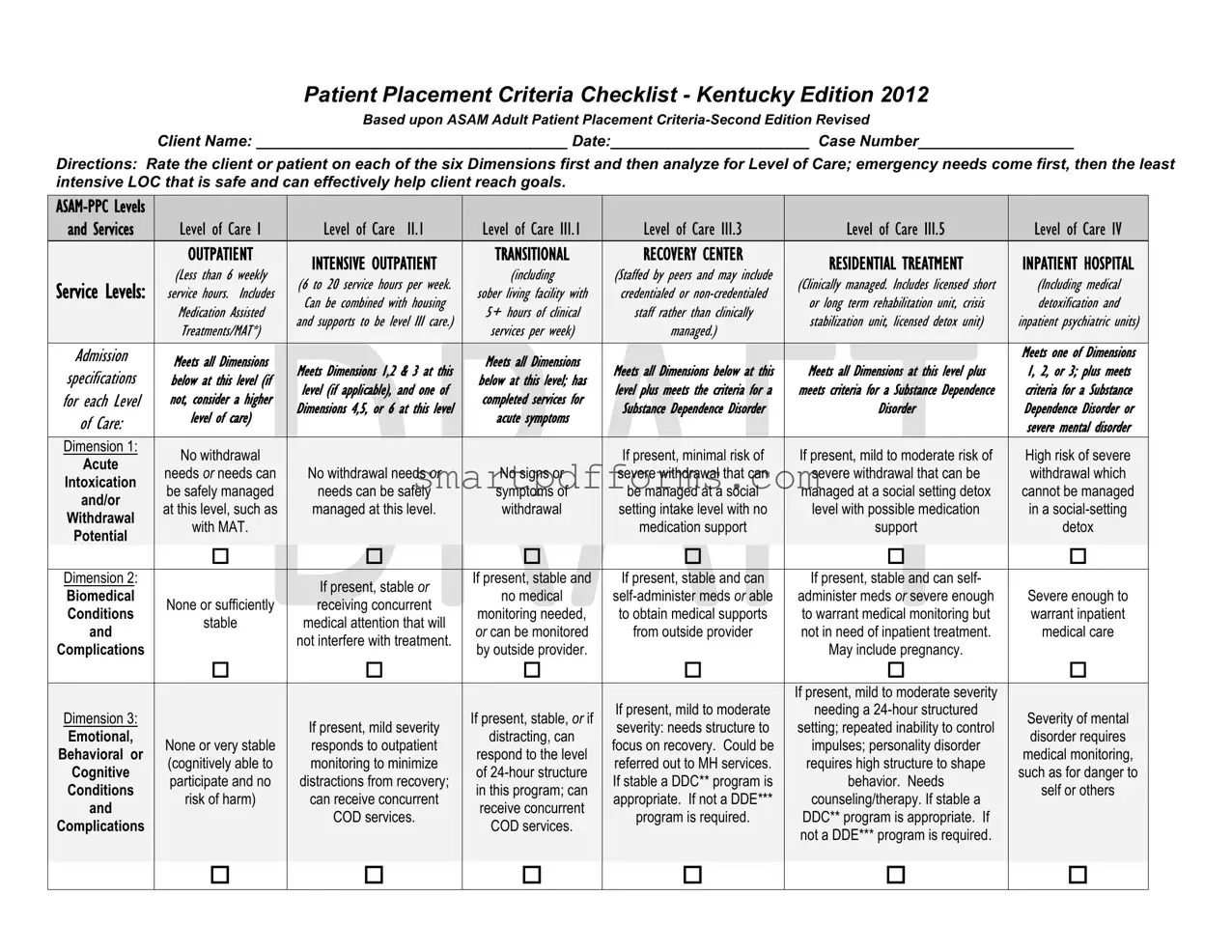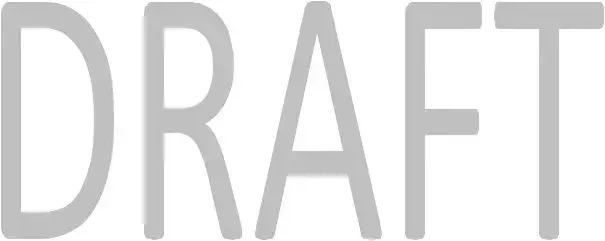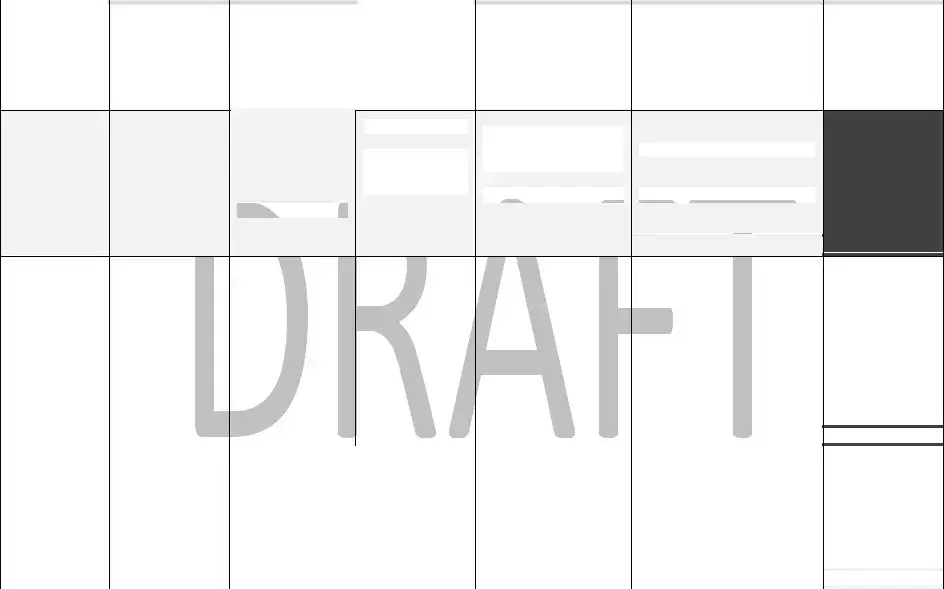The Asam Level Of Care Cheat Sheet form, also known as the Patient Placement Criteria Checklist - Kentucky Edition 2012, serves as a comprehensive tool for clinicians to appraise patient or client needs across six distinct dimensions before determining the appropriate level of care required for substance use disorder treatment. Adhering to the Adult Patient Placement Criteria-Second Edition Revised, this evaluation framework prioritizes addressing emergency needs first, aiming to place clients in the least intensive yet safe level of care that effectively facilitates their recovery goals. The form categorizes treatment services into several levels of care ranging from outpatient services, with less than six weekly service hours, to inpatient hospital settings, indicating the necessity for a more intense and clinically managed environment. Each level of care—identified as Level I through Level IV—outlines specific criteria regarding withdrawal potential, biomedical conditions and complications, severity of mental, emotional, behavioral, or cognitive conditions, readiness to change, risk for relapse or continued use, and the stability of the recovery environment. This structured approach ensures patients receive tailored treatment interventions, considering factors like Medication-Assisted Treatments (MAT), the individual's resistance or readiness for change, and the necessity for a supportive recovery environment. By meticulously assessing the needs based on these dimensions, the form guides clinicians in making informed decisions about the optimal level of care, whether it involves outpatient treatment, intensive outpatient services, transitional recovery centers, residential treatment, or inpatient hospital care.


